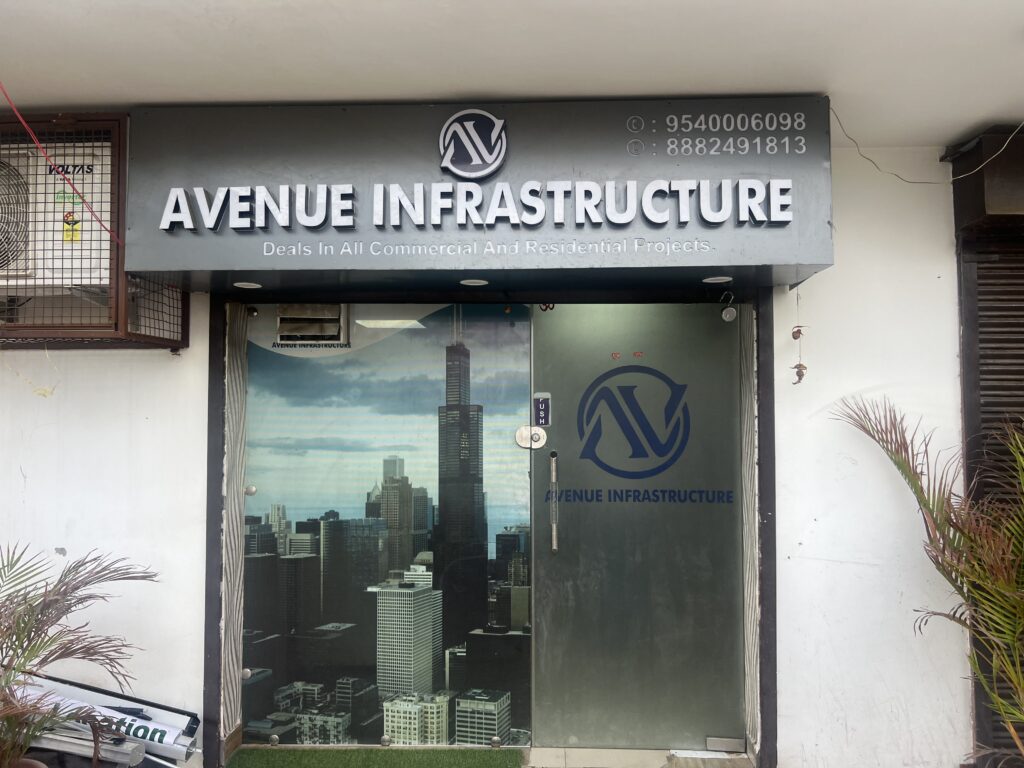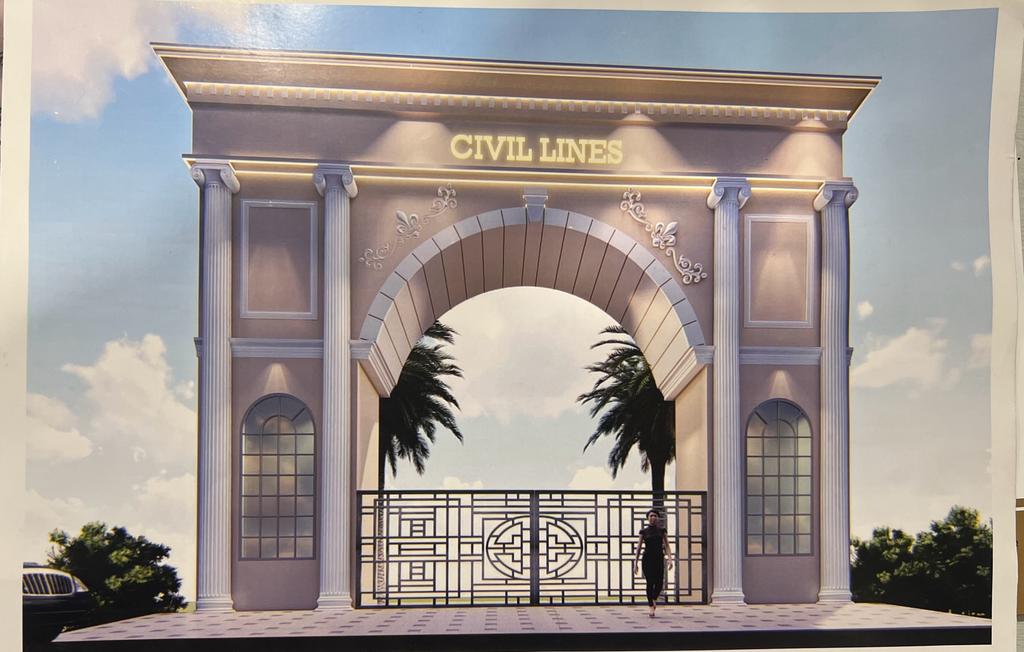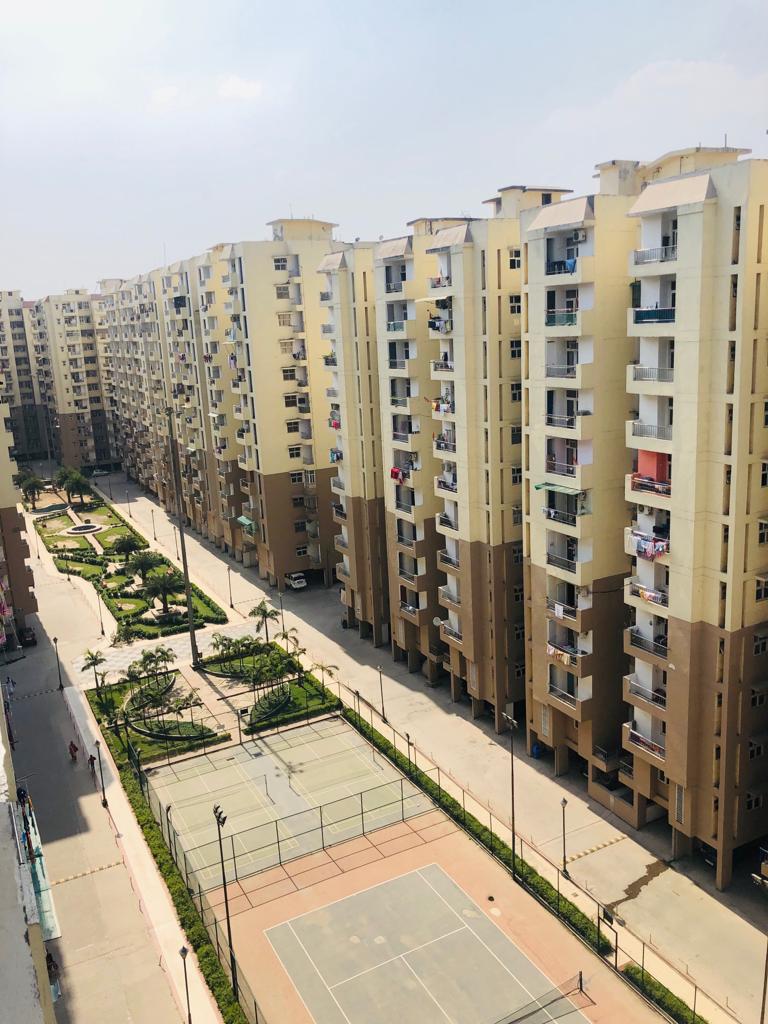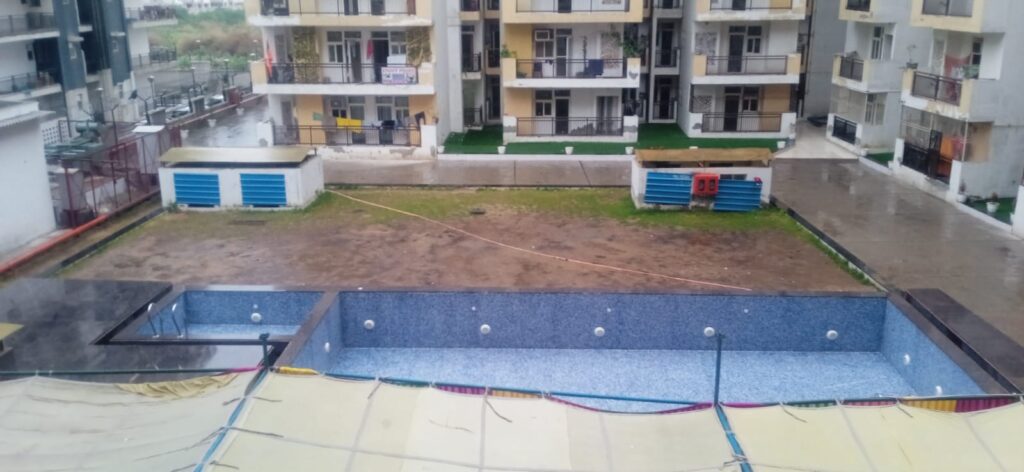Table of Contents
ToggleIntroduction
Restoring historic homes is a captivating blend of art, architecture, and history. These homes often come with rich stories and distinctive architectural features that are well worth preserving . Whether you’re a homeowner with a passion for history or a real estate developer aiming to maintain historical integrity, this guide will help you navigate the essentials of historic home restoration.
Why Restore Historic Homes?
Restoring historic homes isn’t just about preserving the past; it’s about breathing new life into unique properties while maintaining their original charm. Historic homes often feature intricate designs, high-quality craftsmanship, and materials that are no longer available in modern construction. By restoring these homes, you contribute to cultural preservation and offer future generations a glimpse into architectural history.
Understanding the Historical Significance
Research the Home’s History
Before beginning any restoration project, it’s crucial to understand the home’s historical background. Research the architectural style, the era it was built, and significant events related to the property. This knowledge will guide your restoration efforts and help you make informed decisions about preserving the home’s original features.
Consult with Experts
Engage with historians, architects, and preservationists who specialize in historic homes. Their expertise can provide valuable insights into the home’s historical context and help ensure that your restoration efforts align with best practices for historical accuracy.
Preserving Original Features
Retain Key Architectural Elements
One of the most important aspects of historic home restoration is preserving original features. This can include moldings, windows, doors, and flooring. Each element contributes to the home’s historical character and should be carefully maintained or restored.
Use Period-Appropriate Materials
When replacing or repairing features, source materials that match the era of the home. This includes everything from roofing materials to decorative fixtures. Period-specific materials help maintain the home’s historical authenticity and aesthetic.
Modernizing Thoughtfully
Integrate Modern Amenities
Modern conveniences like updated electrical systems, plumbing, and insulation are essential for contemporary living. However, these upgrades should be integrated discreetly to ensure they do not detract from the home’s historical character.
Blend Old and New
When adding modern amenities, ensure they complement rather than overwhelm the home’s original design. Subtle integration of new technologies can enhance the functionality of the home while respecting its historical roots.
Focusing on Structural Integrity
Address Foundation and Roofing
A critical aspect of historic home restoration is ensuring the structural integrity of the property. Check the foundation, roof, and other structural elements for stability and safety. Professional inspections and repairs are crucial to preventing future issues.
Implement Professional Repairs
For complex repairs or replacements, it’s best to engage professionals with experience in historic restoration. They can ensure that repairs are performed correctly and in accordance with preservation standards.
Utilizing Sustainable Practices
Incorporate Green Technologies
Sustainable practices can be seamlessly integrated into historic home restorations. Consider energy-efficient solutions such as solar panels, efficient HVAC systems, and low-impact insulation. These upgrades can enhance the home’s energy efficiency without compromising its historical integrity.
Recycle and Reuse Materials
Where possible, recycle and reuse original materials and features. This not only reduces waste but also helps maintain the home’s original character.
Ensuring Compliance with Regulations
Adhere to Local Preservation Laws
Historic homes are often subject to local preservation regulations and guidelines. Familiarize yourself with these requirements and ensure your restoration project complies with them.
Secure Necessary Permits
Obtain any necessary permits for modifications or restorations. This ensures that your project meets legal and historical preservation standards.
Enhancing Curb Appeal
Restore Landscaping
Historic homes often have unique landscaping features that complement their architectural style. Restore or recreate these features to enhance the home’s curb appeal and historical charm.
Maintain Historical Accuracy
When making exterior enhancements, ensure they are true to the home’s original design. This helps preserve the property’s historical significance and visual appeal.
Educating and Engaging the Community
Host Open Houses
Share the restoration process and the home’s history with the local community through open houses. This not only educates others about the importance of preservation but also celebrates your efforts.
Create Informational Materials
Provide detailed information about the home’s history and restoration for visitors and future owners. This helps them appreciate the historical value of the property.
Celebrating and Documenting the Restoration
Document the Process
Keep detailed records of the restoration process, including photographs, materials used, and significant changes. This documentation can be valuable for future reference and appreciation.
Celebrate Completion
Host an event or create a showcase to celebrate the successful restoration of the home. This not only highlights your achievements but also reinforces the importance of preserving historical properties.
Conclusion
Historic home restoration is a rewarding endeavor that combines the charm of the past with the needs of the present. By understanding the historical significance, preserving original features, and modernizing thoughtfully, you can successfully restore a historic home while maintaining its unique character. Embrace the challenge, and contribute to preserving architectural heritage for future generations.
For more tips on historic home restoration and preservation, stay tuned to our blog. Let’s continue to celebrate and protect our architectural history together!













